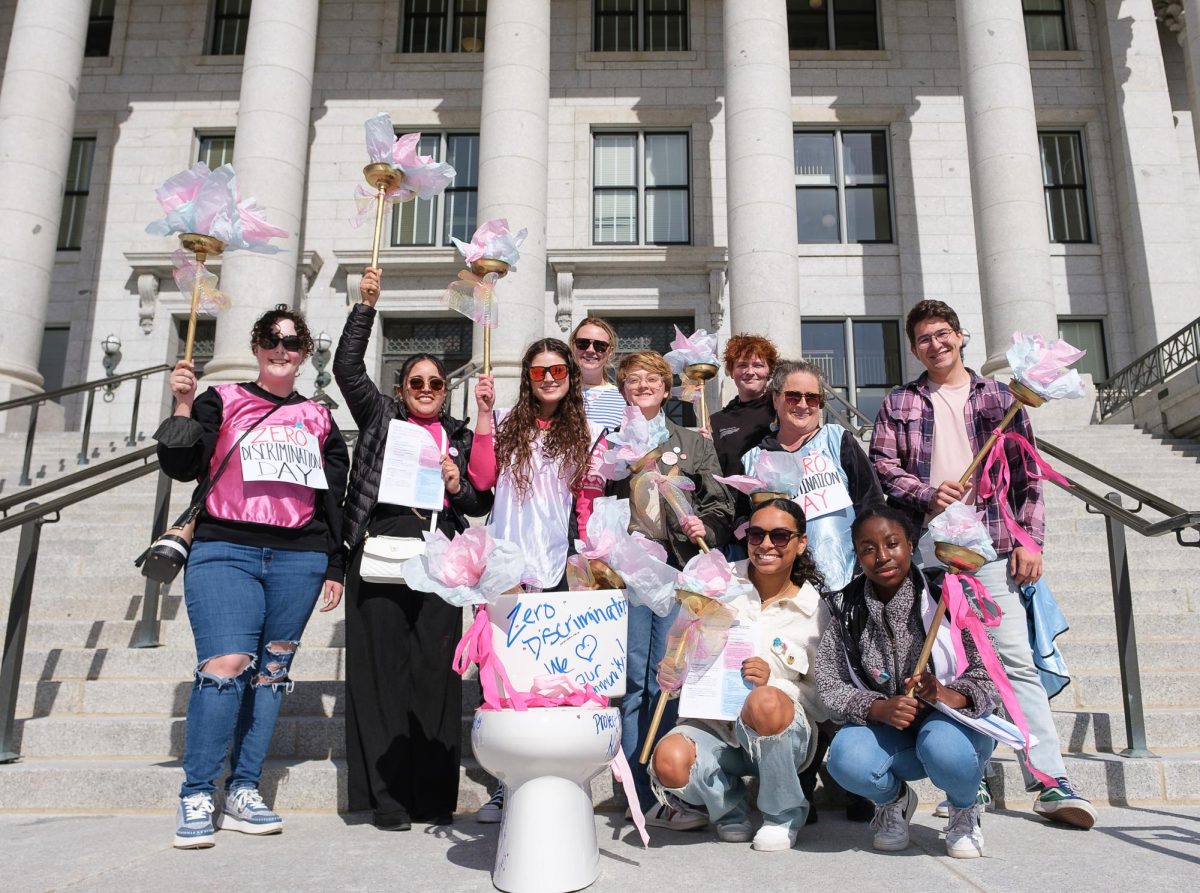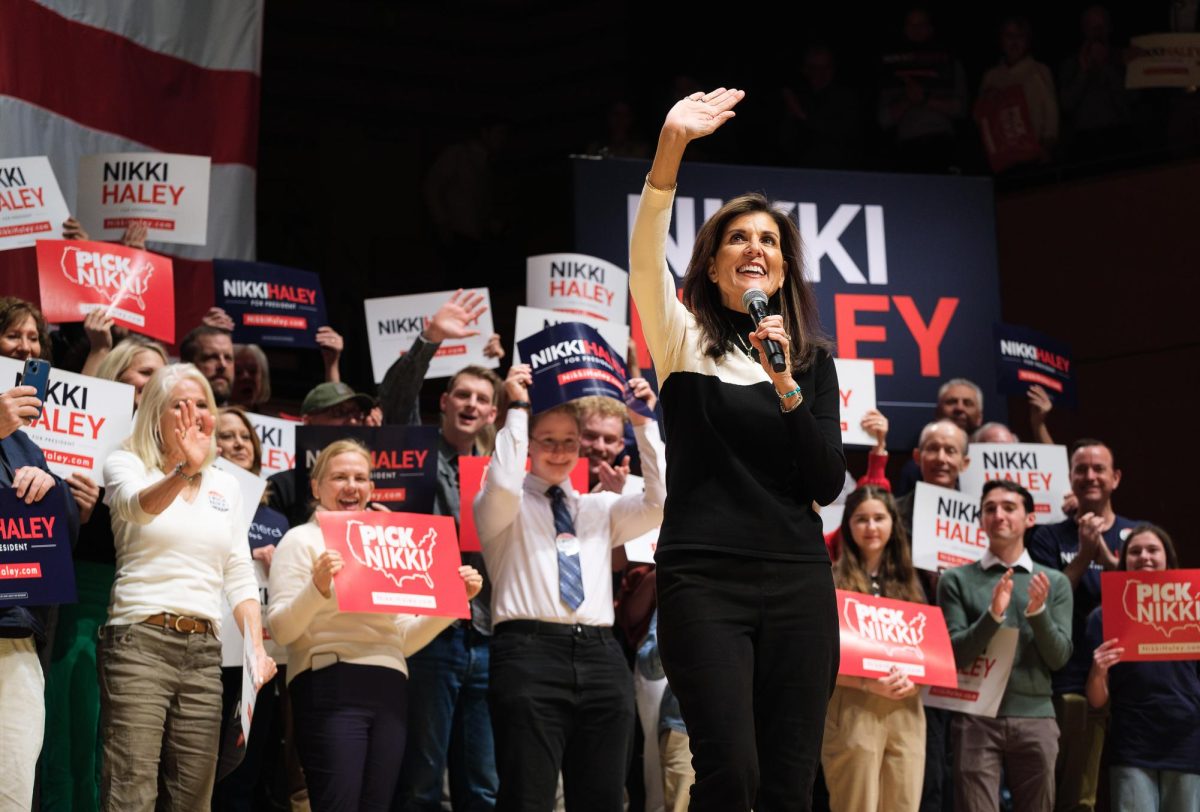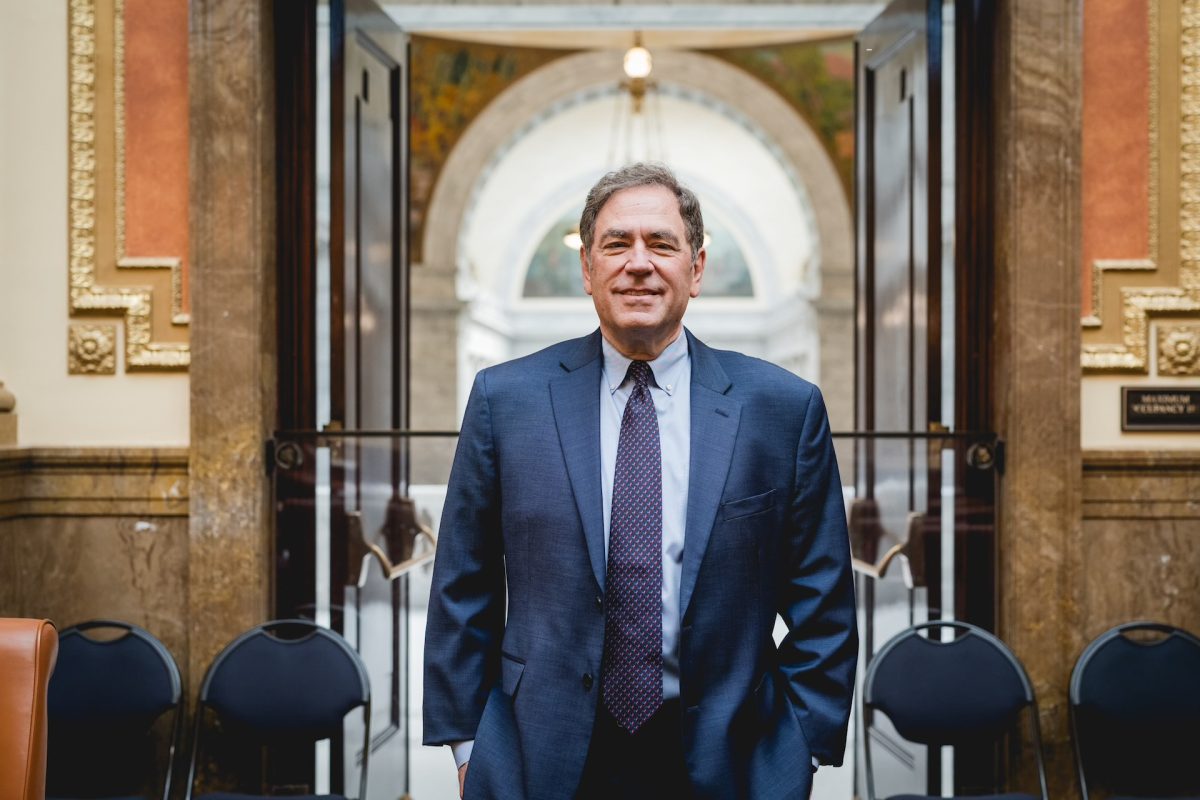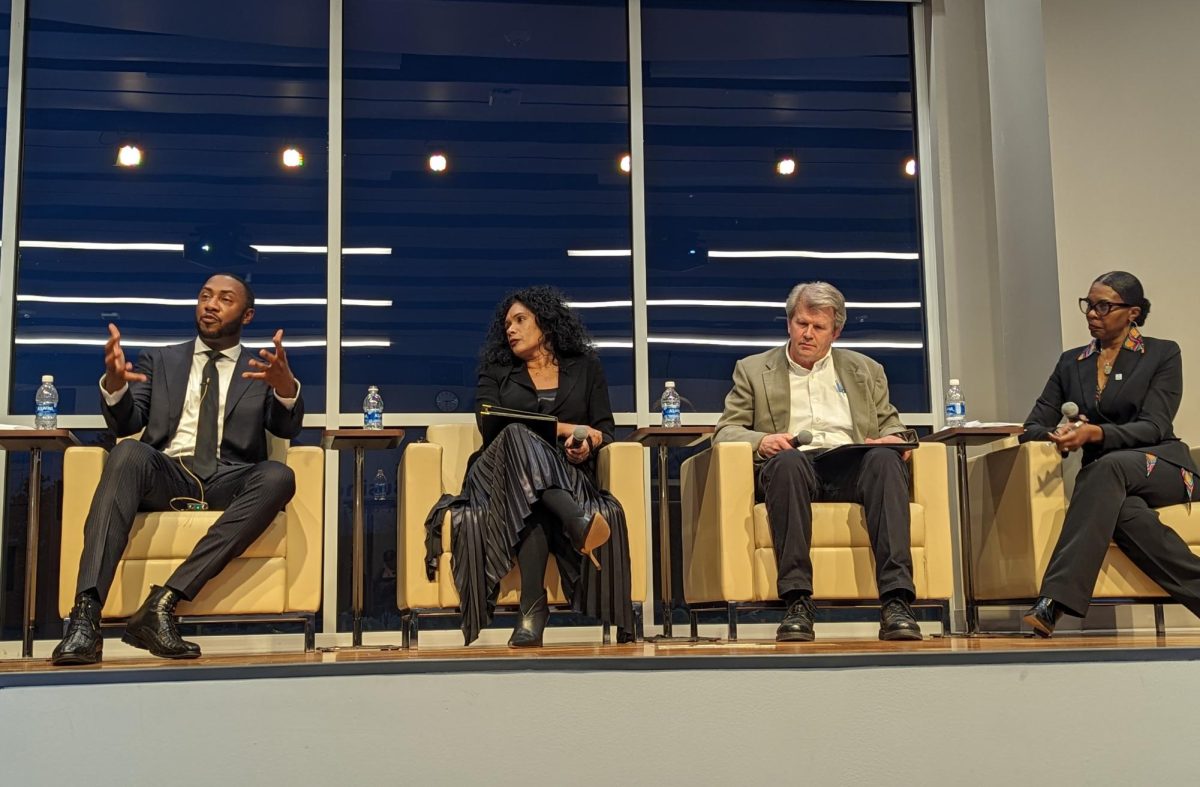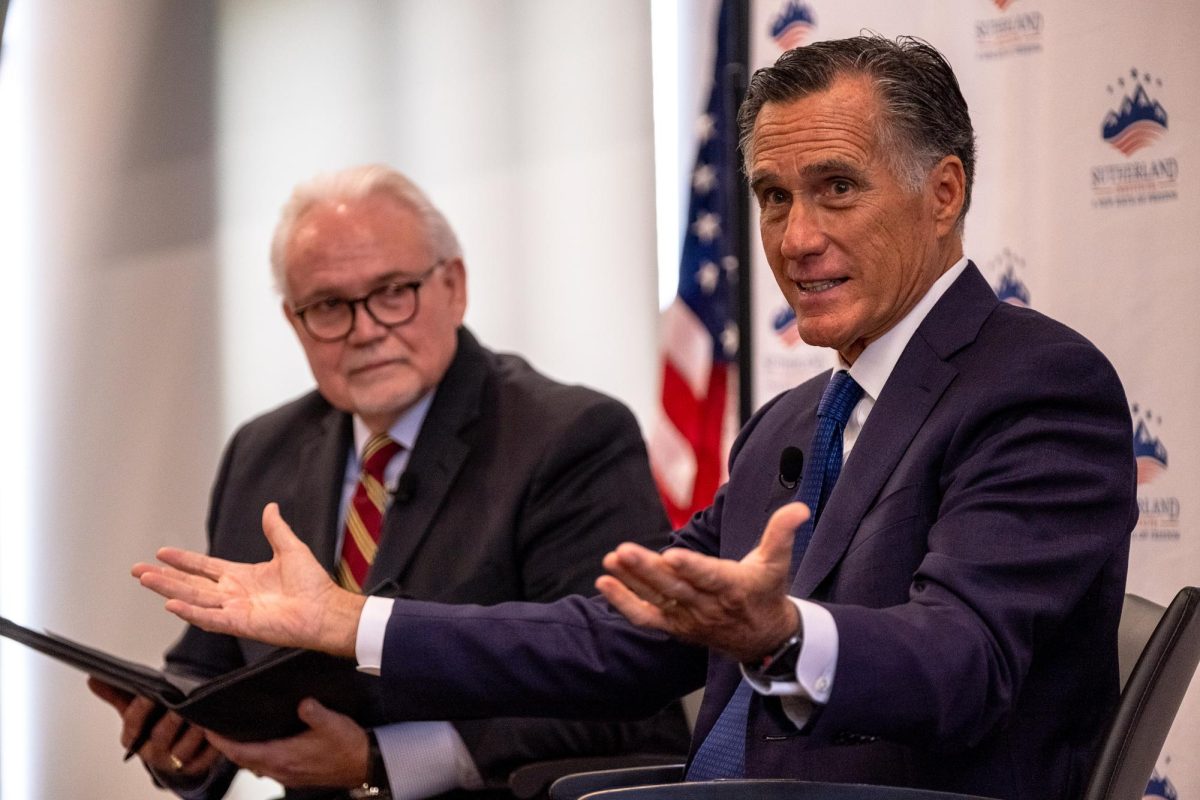As Election Day approaches, the Salt Lake City Council candidates are rounding out their campaigns. Citizens can vote for their district’s candidate in the municipal election on Nov. 7. City Council members hold office for four year terms. There are seven districts in the city, which are split in half and the seats up for election are staggered every two years. Every four years, elections are held for the Salt Lake City mayor and three councilors — the elections for the other four councilors take place two years after the mayoral election.
This year, council seats from Districts 1, 3, 5 and 7 are up for grabs. District 1 encompasses Rose Park, Morton Meadows, North Redwood, Jordan Meadows, Westpointe, the State Fair Park and Salt Lake International Airport. District 3 covers the Avenues and City Creek Canyon areas of Salt Lake City. District 5 is composed of Liberty Park and District 7 is the Sugarhouse region of Salt Lake City.
District 1
James Rogers is seeking re-election to the city council and running unopposed. Rogers is primarily focused on building local businesses, community safety and improving the connection between the west side and the rest of Salt Lake City. Rogers hopes to use the additions of Trax lines in his district’s area to grow the business presence. He and his family have lived in Rose Park for his entire life, which he feels gives him a deep understanding of the community he hopes to serve.
“I have a background in rehabilitating and revitalizing neglected and blighted properties,” Rogers said.
He hopes to use this experience to continue improving his district in the future. Overall, Rog ers feels his area should be a higher priority for the Salt Lake City government and aims to bring the west side’s voice to the conversation as a city council member.
District 3
Phil Carroll said he plans to focus on the issue of homelessness in Salt Lake City, as well as affordable housing, clean air, parks and trails and transportation expansion. Carroll currently runs a non-profit for affordable housing and has an extensive background in senior housing. He feels it is important to address the connection between generational poverty and the availability of affordable housing. Carroll aims to increase the amount of mixed-income housing in the city.
Carroll believes that public transport is tied to a more livable city. Environmental impact is a large part of his platform as well, and he feels that public transit is a good solution to expand and explore as the city works to clean up the air. Specifically, he hopes to increase the frequency of bus routes across the city. Carroll also said he will work to create more open, green spaces within Salt Lake City.
Chris Wharton’s platform is primarily centered around sustainability, affordable housing and making neighborhoods safer. He aims to expand public transit so it reaches a greater population within Salt Lake City.
“It’s not just about getting people into the city, but also around the city,” Wharton explained.
He wants to improve the traffic situation so the city is safer for children and there is less traffic during rush hour.
Another concern of Wharton’s is affordable housing, which he plans to address by creating city requirements for cheaper units in buildings around Salt Lake City. He also hopes to create more federally and state-funded housing opportunities. One of Wharton’s interests is trying to “preserve the character” of the area he would represent. Wharton feels the arts are an economic driver that is worth expanding, and he would attempt to do so if elected.
District 5
George Chapman said his primary focus is to stop big tax increases and improve public safety for Salt Lake City residents. He wants to stop “secret meetings” of the city council and does not support Operation Rio Grande, which is currently being led by the state, Salt Lake County and Salt Lake City. Chapman said he is an advocate for affordable housing and environmental protection. He feels regulations should be implemented for apartment building contractors.
“I believe that anything over 10 units should be 10 percent affordable,” he said.
Chapman also said he wants to reduce air pollution by increasing traffic flow on the roads rather than building new bike lanes. He feels that bus service expansion can help combat this problem, but he is not in favor of adding more light rail lines because he said it’s too costly and not efficient enough. Another goal of Chapman’s is to limit the trees that are being cut down and to do more to protect the canyon area of the city.
Erin Mendenhall is seeking re-election to the District 5 council seat. She said her platform is mainly focused on environmental advocacy, specifically concerning air quality and affordable housing. Mendenhall has a background in environmental non-profit work, and she is interested in reducing the city’s carbon footprint. One way she hopes to accomplish this is by continuing to expand public transit throughout the city.
“We need to make public transportation more convenient and more affordable for people,” she said.
Two other concerns of Mendenhall’s are affordable housing and human trafficking. Human trafficking has never been a focus for the city council before, Mendenhall explained.
“My big goal is to have a long-term, residential, trauma-informed, gender-sensitive [center] for people who are exiting the human trafficking life,” she said.
As for affordable housing, she aims to distribute city funds to the areas that need it the most, such as east side areas and State Street.
District 7
Amy Fowler said her platform is centered on “developing communities with a conscience.” Protecting the interests and culture of Sugarhouse is a priority of hers, and she wants to give equal consideration to each of the communities living in the area. Fowler plans to place much of her focus on affordable housing, which she wants to create more of in high-density units around public transportation stops. She feels that cheaper housing options are especially important for the aging and millennial communities in the area, and she said the addition of “accessory dwelling units” can help aid this population.
Fowler is also passionate about public transit expansion.
“This is a tool that can connect disenfranchised communities,” she said.
She wants to expand transportation in a way that considers the needs of the city and helps those who live in it. Another issue Fowler is concerned with is homelessness, which she hopes to address by introducing new ways for homeless people to access resources and help across the city.
Abe Smith is primarily concerned with infrastructure investment, housing affordability, homelessness and air quality. He also supports investment in public transportation and feels that it will relieve poor air quality and road congestion in the city. Smith aims to increase affordable housing by looking at zoning and density rules, as well as by using the land in more efficient ways to maximize the amount of housing available. Smith feels it is important to consider the needs of the builders by treating them as partners on these projects.
Smith also recognizes the issue of homelessness in Salt Lake City, which he feels has a different impact on each person experiencing this problem.
One challenge Smith’s district is facing is rapid
population growth.
“We have to be careful to make sure it happens at a pace that our infrastructure and neighborhood culture can handle,” Smith said.







